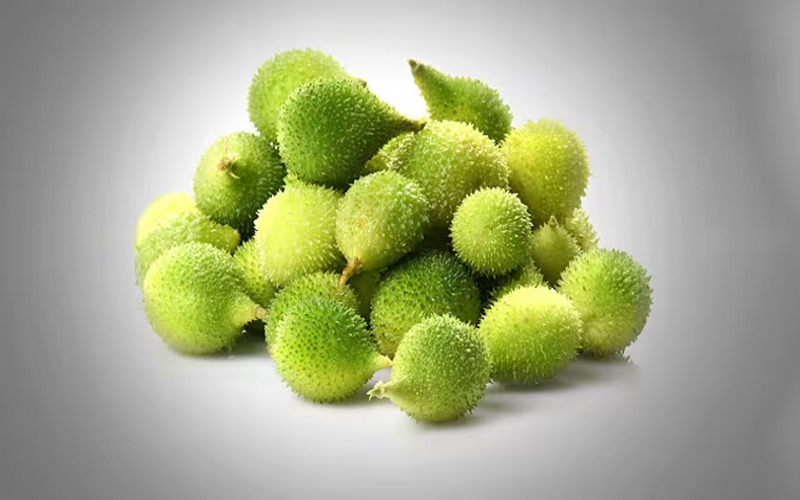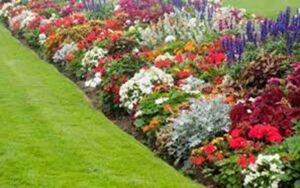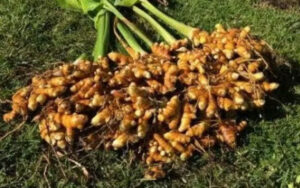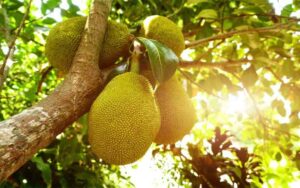Kantola has 50 times more protein than meat
Nursery Today Desk
New Delhi: Not so popular, Kantola is a highly nutritious vegetable with lots of health benefits. Kantola is a spiky green seasonal vegetable, found specially during monsoon. Kantola is also known as Kakode, Karkotki, khekhsa, Sweet bitter gourd etc. Cultivated in states like West Bengal, Odisha, Maharashtra and North Eastern states and it is used to make pickles and medicine as well. Kantola is a species of flowering plants in the gourd family. Its scientific name is Momordica dioica, commonly known as spiny gourd or spine gourd.
I’m an 80-year-old bodybuilder who won mr olympia three years in a row – i have a secret to still staying in best shape | the us sun steroids warehouse “this kid is gonna be huge”: arnold schwarzenegger’s bodybuilder son gave fans a visual treat by mimicking his iconic conan the barbarian look – essentiallysports
Nutrition value of Kantola
Kantola is cooked with spices or even fried and sometimes eaten with meat or fish in certain parts of the world. It contains 50 times protein than meat and is very rich in anti-oxidants. It is a great source of phytonutrients, a substance found in certain plants which are believed to be beneficial to human health and help prevent various diseases. The vegetable is also low in calories as it contains roughly 17 calories per 100 gm.
Carbohydrates, protein, calcium, fibre, sodium, magnesium, copper, potassium, zinc, etc., as well as vitamin A, vitamin B1, B2, B3, B5, B6, B9, B12, vitamin C, vitamin D2, D3. Vitamin H and Vitamin K are present in sufficient quantity.
Appropriate Soil and Climate
Although any type of soil can be used to grow Kantola, its grows best on sandy soil. The pH of the soil should be between 6-7 for a decent crop, and the field must have an effective drainage system. It can grow successfully in a hot, muggy climate. For a decent crop, the temperature should be between 20 and 30 degrees Celsius.
Preparation and sowing
Kantola can be grown with seed, tubers and cuttings. For the cultivation of Kantola, first its seeds have to be prepared in the nursery and then its seedlings are transplanted in the fields. Plants prepared in nursery are planted in pits. Planting pits are made in rows at a distance of 2 metres. Keep a distance of 4 meters from row to row and make 9 to 10 pits in each row. In this, transplant female plants in 7 to 8 pits and male plants in the rest. After transplanting the plants, cover them well with soil from all sides.
When does it get ready to harvest?
The first crop of Kantola is ready for harvesting in two and a half to three months, but then the size of the fruit is slightly smaller. It can be harvested even after a year, by which time the fruits become large and of good quality. There is a huge demand for good quality Kantola in the market. It can be sold at Rs 150 per kg or more, which will bring good profits to the farmers.
Health benefits
Because of its nutritional values, its consumption makes the body strong and is considered very beneficial in jaundice to diabetes, piles, blood pressure, fever etc. Kantola is also high in water content, so it is beneficial if you are trying to lose weight.
As it is usually found during the monsoons, it is helpful in keeping seasonal cough, cold and other allergies at bay, due to its anti-allergen and analgesic properties. It also reduces blood sugar levels in diabetic patients since it is rich in plant insulin.
Carotenoids, like Lutein, present in this vegetable help in prevention of various eye diseases, cardiovascular diseases and even cancers. It also has anti-ageing properties as it is blessed with antioxidants that fight free radicals the body has due to aging and pollution. It is very useful for easy digestion and eliminates constipation.







